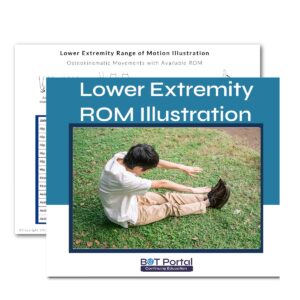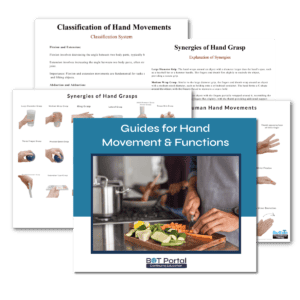Description
Rheumatoid Arthritis vs Osteoarthritis Illustration
Rheumatoid arthritis (RA) and osteoarthritis (OA) (Rheumatoid Arthritis vs Osteoarthritis) are two of the most prevalent forms of arthritis, affecting millions of individuals worldwide. While they share some similarities, they also have distinct characteristics that set them apart. Understanding the differences between RA and OA is crucial for healthcare professionals, particularly occupational therapy practitioners, as it informs their approach to assessment and intervention for patients with these conditions.
RA is an autoimmune disease characterized by chronic inflammation of the synovial membranes in the joints. This inflammation leads to the destruction of cartilage, bone, ligaments, and tendons, resulting in pain, swelling, and stiffness in multiple joints. Unlike OA, which primarily affects weight-bearing joints like the knees, hips, and spine, RA can affect any joint in the body, including small joints in the hands and feet.
In contrast, OA is a degenerative joint disease characterized by the breakdown of cartilage in the joints. While inflammation can occur in OA, it is not as prominent or systemic as in RA. OA typically affects weight-bearing joints that have undergone repetitive stress or injury over time, such as the knees, hips, and spine. It is often associated with aging, obesity, joint overuse, or previous joint injuries.
For occupational therapy practitioners, distinguishing between RA and OA is essential for developing targeted interventions that address the specific needs and challenges of each condition. While both conditions can result in pain, stiffness, and decreased joint mobility, the underlying mechanisms and progression differ significantly. Occupational therapists must conduct a thorough assessment to identify the unique functional limitations and goals of each patient.
In addition to conventional treatments such as medication, physical therapy, and joint protection techniques, occupational therapy plays a crucial role in helping individuals with RA and OA maintain independence and quality of life. Occupational therapists may focus on improving joint range of motion, strength, and endurance through tailored exercise programs. They may also provide education on energy conservation techniques, adaptive equipment, and ergonomic modifications to support activities of daily living and reduce joint strain.
To assist practitioners in their work, we offer an exclusive illustration as a downloadable resource. This visual aid highlights key differences between RA and OA, helping practitioners educate patients and caregivers about their condition and the importance of self-management strategies. By staying informed and equipped with evidence-based interventions, occupational therapy practitioners can make a meaningful difference in the lives of individuals living with RA and OA.
Other helpful links:
Check out BOT Portal: Resource Site for Occupational Therapy Students and Practitioners




